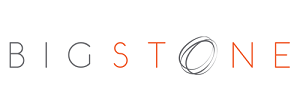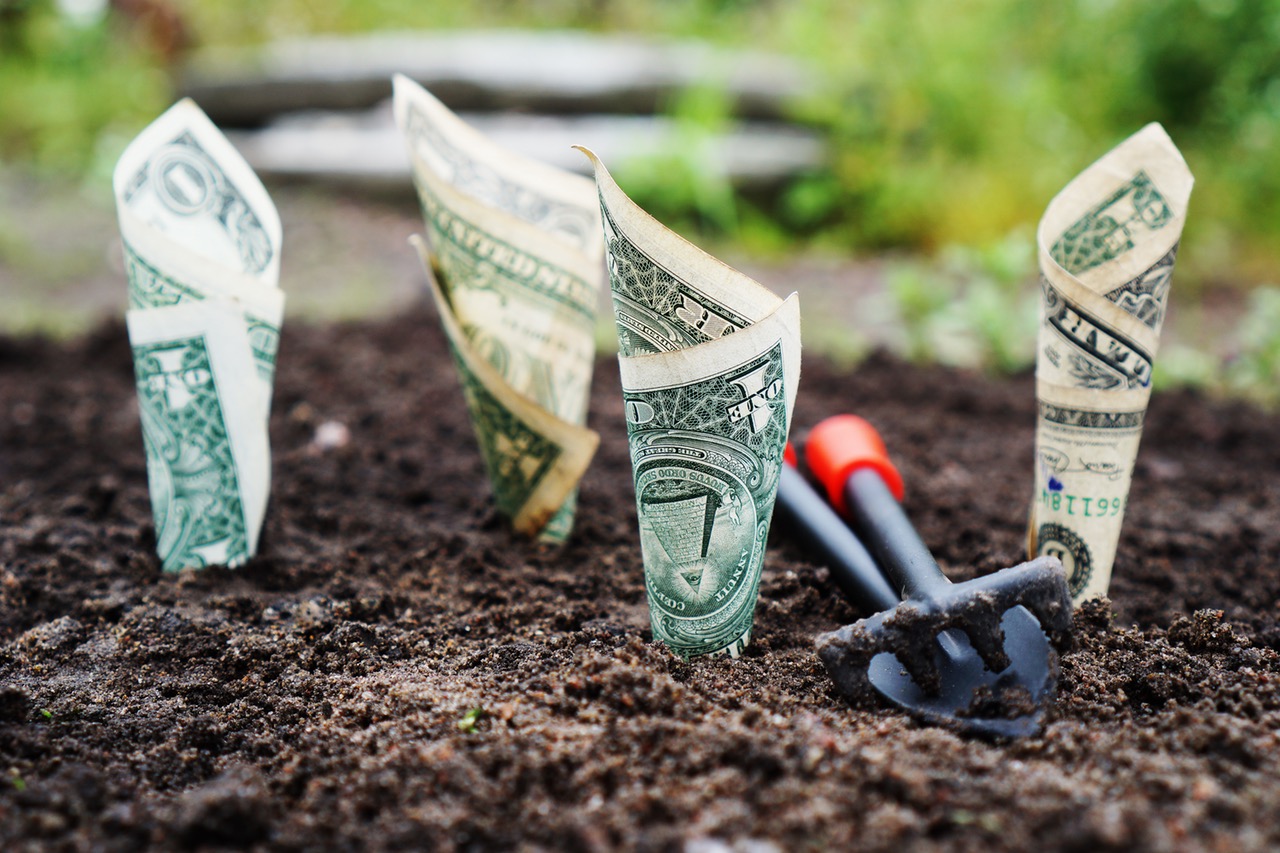Is Marketplace Lending a Good investment?
BusinessPromoted by

Attempting to find a good investment vehicle can be a tough ask these days. With the share market at near record levels and property prices, particularly in Melbourne and Sydney, offering low rental returns relative to price, two of the most popular forms of investment appear to have a high entry price at present.

Putting your money in the traditional ‘safe haven’ of interest bearing deposits is unlikely to get the blood pumping either. With the official cash rate from the Reserve bank of Australia slumbering at 1.5% it seems unlikely that there are great returns in the lending markets at present…or is there?

How it came to be
Frustration with a current situation is a great breeder of change. The global financial crisis led to many businesses finding their traditional means of bank funding drying up as the big corporate lenders cracked down on their lending criteria. Investors also suffered during this time from uncertainty, poor returns and a lack of control over their investment. Throw in the growth of the internet and the development of the ‘peer to peer’ sharing concept and you have a recipe for a new way to borrow and lend – marketplace lending.
First started in the U.S., marketplace lending matches willing lenders, those with funds to invest, with borrowers seeking funding beyond the traditional criteria of banks and money markets. With the middle man removed from the equation the benefits to both parties start to become obvious.
Well established
Marketplace lending has now gone well past the development stage and has become a proven and established way for investors to improve the yield on their investment. No more depositing funds at a paltry single digit rate leaving the banks to cream a double-digit return. Investors can now have a piece of the action directly themselves.
The process has now become so mainstream that major U.S. peer to peer lenders like Lending Club have lent almost $25 billion in the ten years since their inception. Lending Club investors have enjoyed historical returns in the 5-7% range compared to comparable bank deposits often yielding less than 1% during that time.
In Australia
Peer to peer lending is now becoming well established in Australia. Lenders such as Bigstone can match you with investments that are ideal for your risk portfolio. You choose the investments you want and can spread the risk over a diversified portfolio.
Bigstone promote returns of between 7% and 23% taking just a 1% fee for their efforts. Risk is minimized through each loan carrying a general security agreement over the assets of the company and through a personal guarantee coming from each director.
Double digit yield an option?
On the face of it the returns may seem too good to be true but when viewed against bank returns for similar loans it’s easy to see why they can be so profitable. The big banks traditionally invest around 4% of their funds into personal loans but yield 16% of their profits from them. It is a lucrative area where a 12% spread between borrowing costs and lending return is not uncommon. Peer to peer lending platforms are taking this profit spread and returning it to the investors themselves.
The latest stats we got from a Bigstone investor who had invested in every loan was a net return of 13% on his investments. Not bad return to invest on some Australian business loans!
A shame it isn’t yet open to retail and that investors must be wholesale! If you are a wholesale investor keen to give it a go, make sure to book a time with our treasury guy. He can explain the ins and outs of it maybe better than our investor page.
Where is it heading
Peer to peer lending represented 24% of all personal loans in the U.S. last year and it seems certain to grow further in Australia. For those looking for investment options for their SMSF or hoping to improve returns on their retirement income, peer to peer lending offers a chance to now pocket some of the returns that only the big lenders could enjoy.
Source of stats. https://www.afr.com/technology/growing-pains-peer-to-peer-lending-hits-puberty-20160416-go80nd



You are not authorised to post comments.
Comments will undergo moderation before they get published.